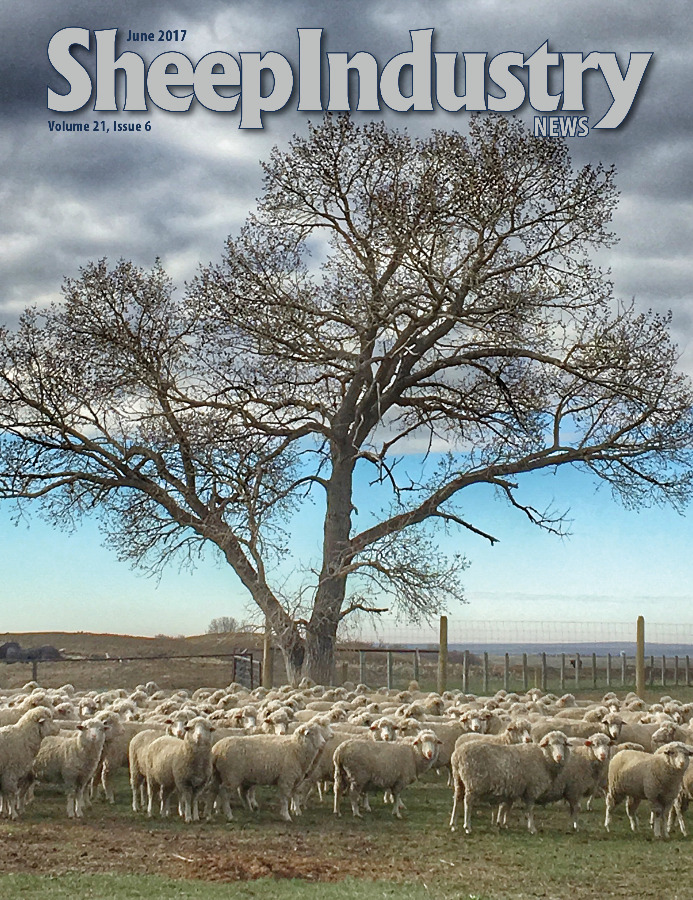In the first 16 weeks of the year, estimated lamb harvest totaled 608,743 head, down 1 percent year-on-year. Estimated lamb production was 43 million lbs., also down 1 percent. Dressed weights were up from 70 lbs. to 71 lbs. between periods.
Cold storage stocks have been drawn down dramatically in the course of the last year. Since February 2016, stocks have fallen 46 percent. In April, lamb and mutton freezer inventories averaged 25.5 million lbs., a low not seen since early 2014.
According to USDA/AMS and the Livestock Market Information Center, lambs on feed in Colorado as of May 1 totaled 95,100 head, down 19 percent from last month and down 26 percent from May 2016. This is the lowest total in May since 2010, and the second lowest number on feed since tracking data. This figure might or might not capture the national feeding trend, for it omits lamb feeding on the West Coast (as well as in the Midwest).
Australian lamb and mutton supplies are tight this year, likely leading to record-high prices. Increased interest in ewe retention, high wool prices and lower corn has prompted a surprise contraction in lamb harvest (Meat & Livestock Australia, 4/2017). The result is an expected 2017 lamb slaughter of 21.5 million head, down a further 500,000 head from what was originally forecast for 2017, and down 1.5 million head (6 percent) from the 2016 record. As a result, both lamb and wool markets are expected to be the “strongest ever (MLA, 4/2107).” MLA anticipates that production will be tight from May through September in Australia until the new season supplies enter the market.
In February, lamb imports were down 19 percent year-on-year to 16 million lbs. In this time, Australia’s imports were down 25 percent and New Zealand lamb was up 12 percent. More recent data from Australia’s Department of Agriculture and Water Resources report Australian lamb exports to the U.S. down 10 percent January through April year-on-year.
According to LMIC, commercial harvest is tight and going to be tightening further in the third quarter. Commercial slaughter is forecasted at 524,000 head in the third quarter, down 6 percent year-on-year. Harvest weights are also down, to 64 lbs. (1 percent lower year-on-year) which translates into tighter lamb supplies at 33.4 million lbs., down 7 percent year-on-year.


